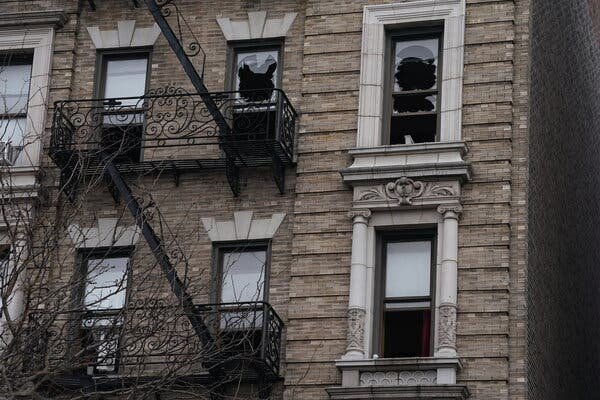Around 1,000 children in migrant shelters have left the public school system after their families received notices to vacate city shelters. The eviction notices have led to disruptions in the education of these children, with some families having to move multiple times within a year. The policy of limiting shelter stays to 60 days has drawn criticism, but city officials defend it as a cost-saving measure. The hearing also discussed the challenges faced by families in terms of regular moves and the loss of important documents. Despite a decline in migrant shelter populations, concerns remain about the impact of these policies on families and children.
Title: Impact of Shelter Evictions on Migrant Children’s Education – A City Council Hearing Overview
In a recent City Council hearing, representatives from the city’s Office of Asylum Seekers revealed that approximately 1,000 children, constituting nearly 15% of the 7,600 kids living in migrant shelters whose families received eviction notices since the end of June, have left the public school system. The head of the city’s Office of Asylum Seeker Operations, Molly Schaeffer, shared that an additional 830 children transferred schools, while 2,300 families switched shelters but remained in the original school, and 3,100 families stayed in the same shelter and school.
The hearing focused on the 60-day eviction notices that have been issued to families with children over the past year, as part of the shelter stay time limits implemented by the administration of Mayor Eric Adams. More than 23,000 families have received these eviction notices, and as of August, only 5,300 households still live in shelters subject to the time limits, indicating that some families have had to move multiple times.
Testimonies from individuals living in migrant shelters described the challenges faced due to frequent moves, including the loss of important documents, such as immigration paperwork, and disruptions to children’s education, with kids missing days of school during reassignments. The hearing also witnessed protesters advocating for an end to shelter eviction time limits.
City officials have defended the 60-day limits on shelter stays, stating that it helps control costs and prevents the shelter system from growing indefinitely. The policy has been applicable to around 5,300 migrant families living in emergency shelters overseen by the city’s Health and Hospitals Corporation and Department of Housing Preservation and Development.
Following the hearing, the administration announced a modification to the 60-day shelter limit policy for migrant families, allowing them to apply for additional stays without needing to relocate after their initial reapplication at the Roosevelt Hotel. The city also plans to implement a centralized mail system to address concerns raised by asylum seekers and advocates regarding the loss of important documents during transfers between facilities.
The data presented at the hearing aligns with recent public school enrollment figures, showing a decrease of around 1,000 students compared to the previous year. This decline comes after years of stagnant enrollment, primarily driven by newly arriving migrant children. The arrival of migrant students was initially seen as a positive development for public school enrollment, but conflicting views have been expressed by city officials regarding the impact of migrants on New York City.
Despite the challenges highlighted in the hearing, efforts are being made to address the issues faced by migrant families, including improvements to the shelter stay limits and the implementation of a centralized mail system. The City Council continues to scrutinize the impact of shelter evictions on migrant children’s education and overall well-being.
Source: TheCity.NYC









